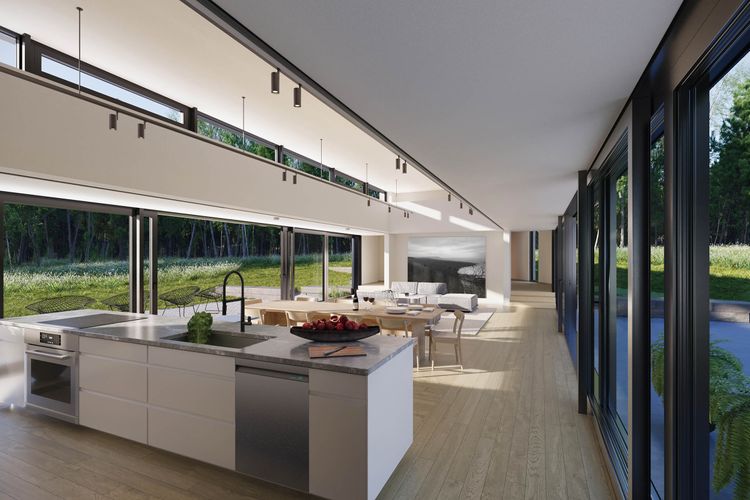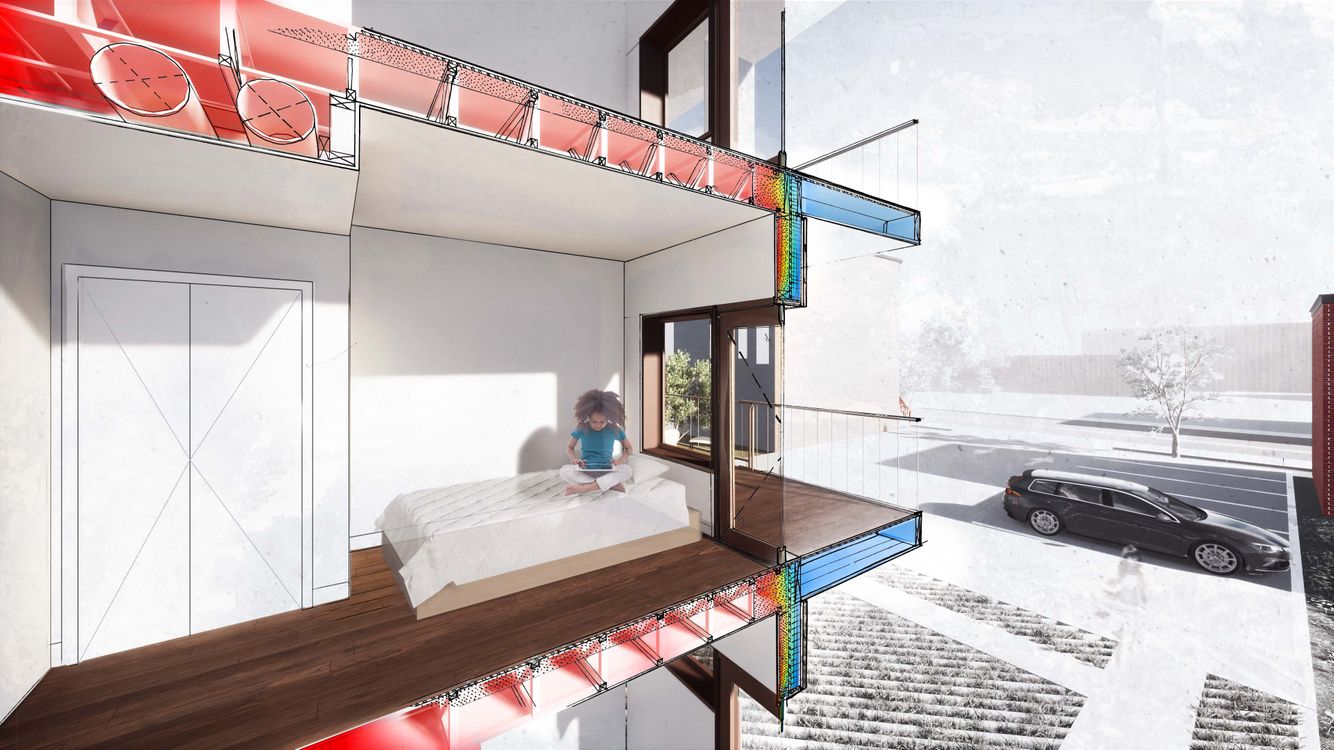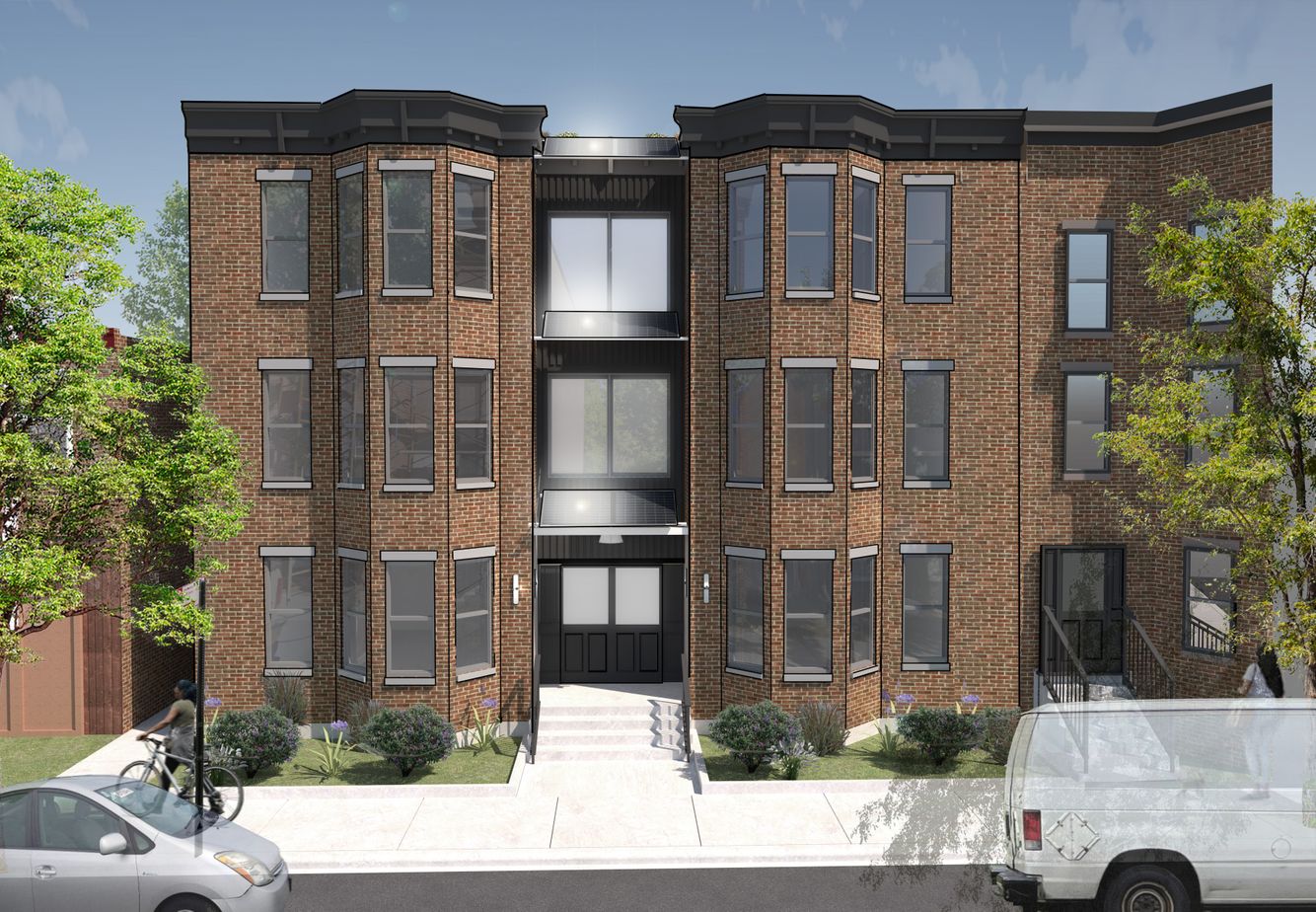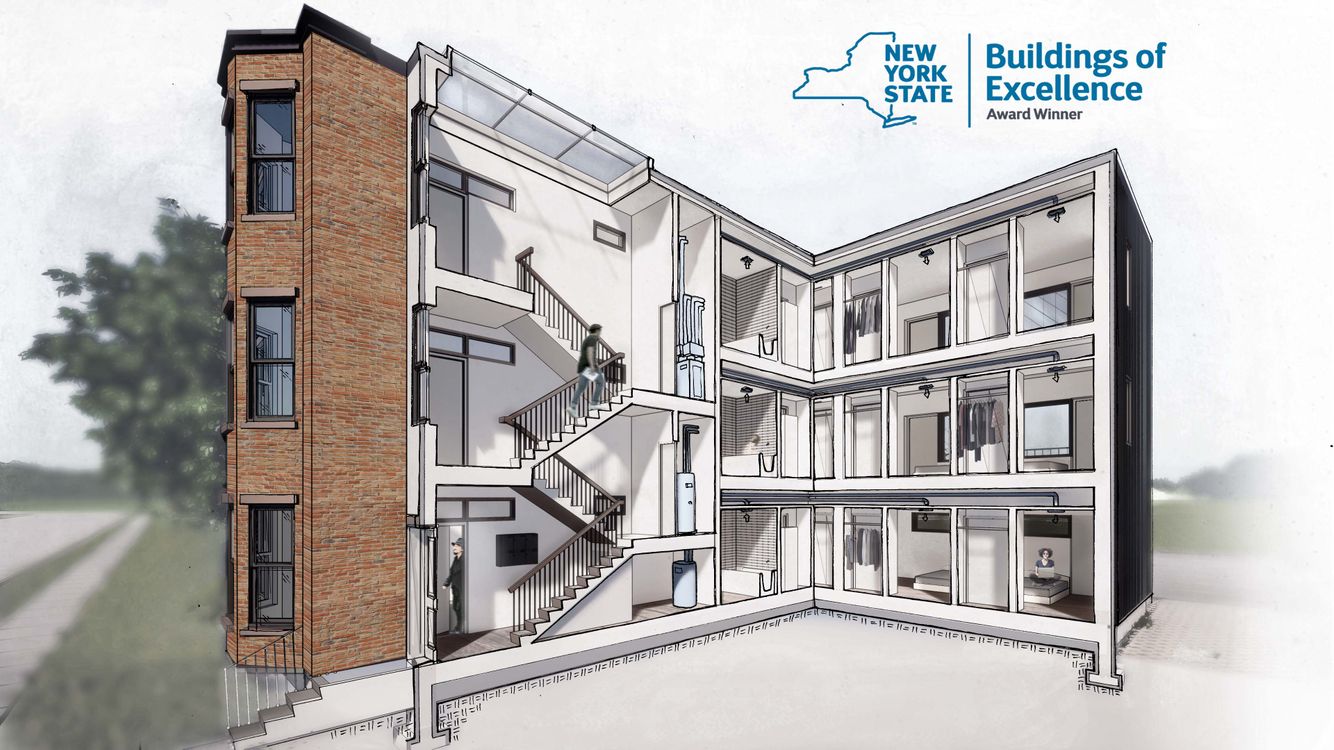services
PASSIVE HOUSE SPECIALISTS IN THE NORTHEAST
Passive House DESIGN AND CONSULTING SERVICES
We are a dedicated, experienced, and innovative Passive House design and consulting firm serving the Northeast and surrounding regions. Ready to optimize your project for sustainability and efficiency? Contact us today and let our team of experts guide you towards achieving your green building goals with confidence and expertise!
We specialize in integrating Passive House principles into your project, ensuring exceptional comfort, air quality, and energy efficiency. Through meticulous planning and innovative design strategies, we create spaces that not only meet rigorous Passive House standards but also enhance occupant well-being and sustainability.
Our Comprehensive Services
Our comprehensive suite of services includes Building Energy Consulting, Carbon Footprint Analysis, Whole Building Energy Modeling, and innovative Passive House Design. Through advanced energy modeling, we simulate your project's performance before construction, eliminating guesswork, minimizing over-estimations, and fine-tuning every aspect to fulfill its intended goals. Northeast Projects provides a range of specialized services to meet your building performance needs, including:
Existing Building Analysis
Our team conducts thorough assessments to optimize energy performance and sustainability in your project. From initial evaluations to ongoing monitoring, we provide tailored solutions that prioritize efficiency and environmental responsibility, helping you achieve long-term savings and reduce your carbon footprint.
Enclosure Design and Consulting
Enclosure design and detail consulting can be provided at any stage in the project. This may range from schematic design of typical building assemblies to troubleshooting details during the construction process.
Whole Building Energy Modeling
Northeast Projects offers whole-building energy simulation for net zero design, project optimization, certification compliance and incentive applications. In addition, building envelope analysis is offered including thermal bridge, condensation risk and hygrothermal simulations.
Embodied Carbon Analysis
In addition to operational energy analysis, Northeast Projects offers full life cycle analysis (LCA) of the building or individual components of the building assembly.
Component Energy Modeling
Utilizing advanced modeling techniques, we simulate energy usage to inform design decisions and maximize efficiency. Our detailed analyses provide valuable insights into potential energy-saving opportunities, allowing for informed decision-making and optimized building performance throughout every stage of the project lifecycle.
Passive House (Phius) Certification
Northeast Projects certifies all project types through the Passive House Institute US (Phius). In addition to the compliance energy model, this service includes full certification expediting and coordination with the design team through early and late design phases.
Post Occupancy Data Monitoring
Post-occupancy data monitoring includes the determination of monitoring goals, selection of monitor types and locations and the design of a post-occupancy data collection schedule that satisfies the project goals.

Mitchell Street Passive House, Hillsdale, NY - Ryan Enschede Architect
Why Choose Northeast Projects?
When you partner with Northeast Projects for your Passive House project, you benefit from:
Extensive experience and expertise in Passive House design and construction
Personalized solutions tailored to your project's unique requirements
Commitment to delivering projects on time and within budget
Collaborative approach, working closely with clients and stakeholders to achieve mutual goals
Dedication to sustainability and environmental responsibility, creating buildings that are efficient, comfortable, and resilient

Ready to make your project a success?
Ready to make your project a success? Contact us today to learn more about our Passive House consulting services and start your journey towards a sustainable future!
Credit: North Miller Passive House // Northeast Projects



